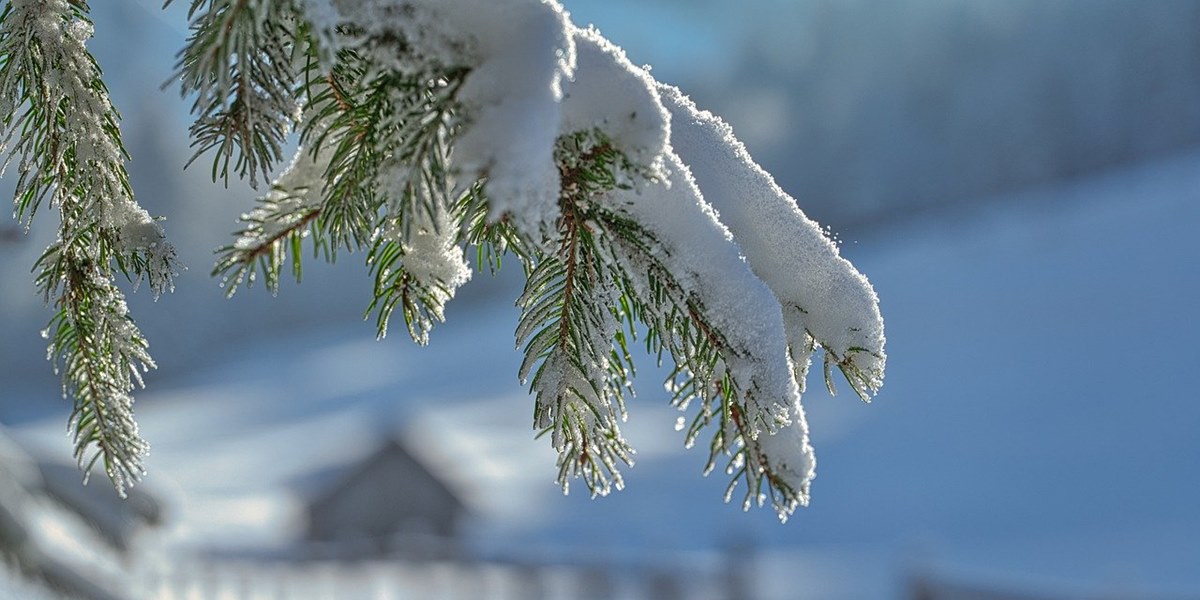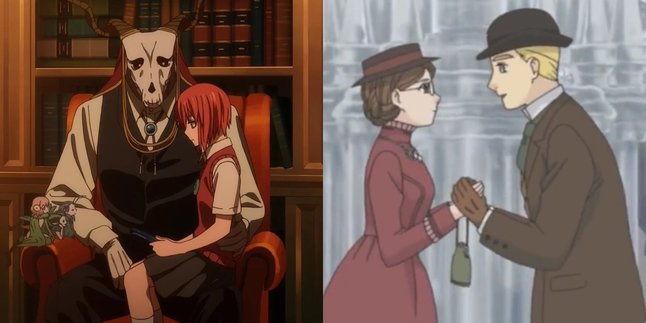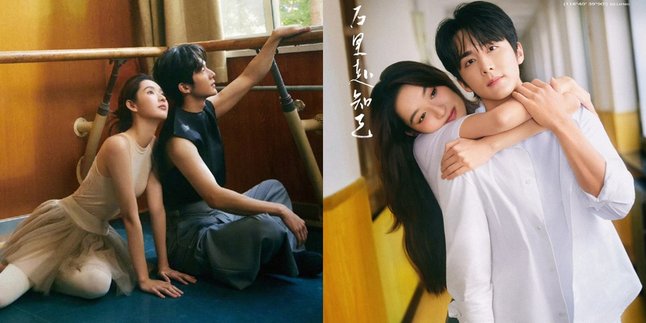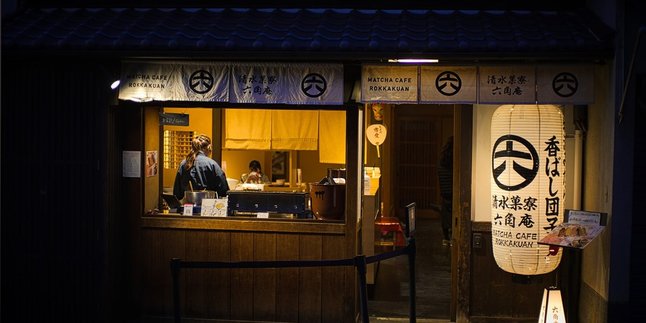Kapanlagi.com - KLovers who are learning Japanese, it is essential to know cold terms in Japanese. In this article, Kapanlagi will explore various terms used by the Japanese to describe the sensation of cold, from commonly used ones to subtle nuances.
These terms enrich our understanding with example sentences that illustrate the use of these cold terms in Japanese in everyday life. Additionally, we will delve into the unique traditions and customs of Japanese society during winter.
So, for KLovers who are curious, here are cold terms in Japanese complete with examples and culture in society. Let's check it out, KLovers!
1. The Term Cold in Japanese
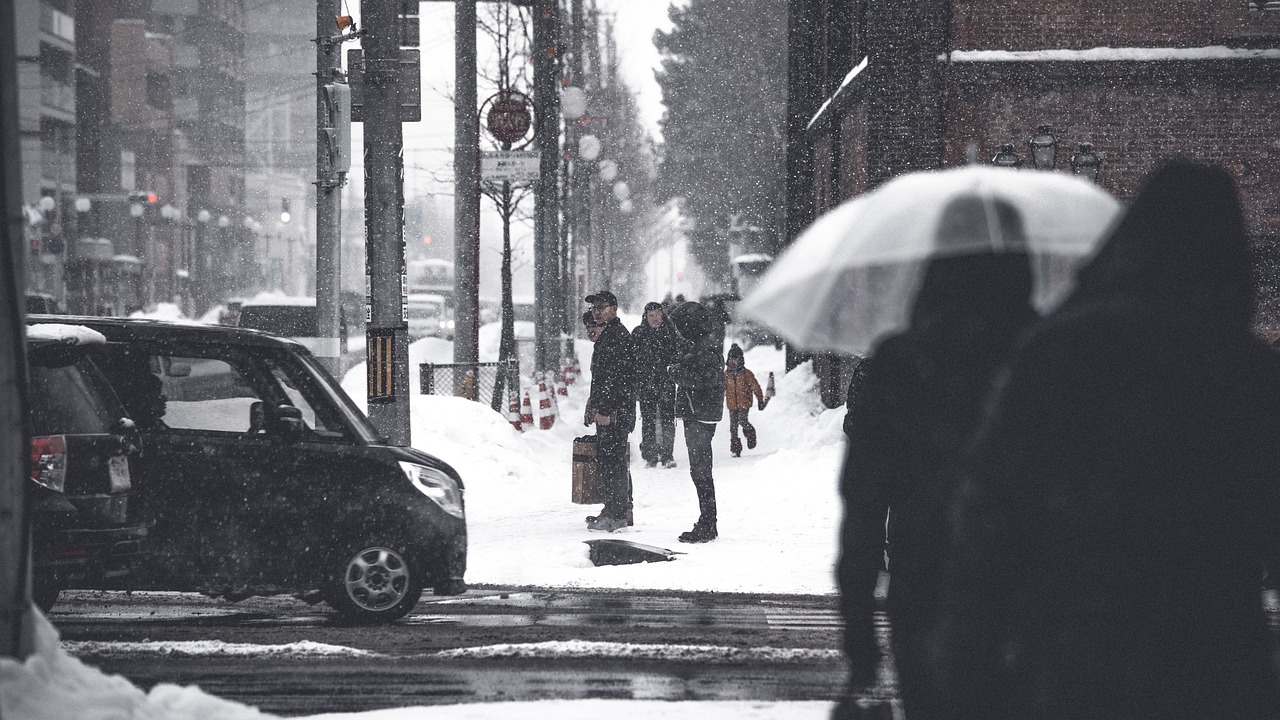
Illustration (credit: pixabay.com)
The common term for cold in Japanese is "Samui". This word for cold in Japanese is used to describe low temperatures or the feeling of coldness. The word samui is often used in everyday conversation, especially when talking about the weather.
Then there is the term "Tsumetai ", which is another term that means cold, but is more specific to objects that feel cold to the touch. For example, "tsumetai mizu" means cold water. This word can also be used metaphorically to describe someone's cold attitude.
Next is "Hiyayaka", which describes a cold or emotionally distant atmosphere or attitude. This term is often used to describe interpersonal relationships that are not warm or responses that are unfriendly. For example, "Hiyayaka na taido" means a cold or unfriendly attitude.
And there is "Reiki", which refers to cold air or a chill. This term is often used in the context of weather or environmental conditions. For example, "Reiki ga hairu" means cold air is coming in, usually used when describing cold wind entering a room.
To better understand cold in Japanese, here are some example sentences about cold in Japanese along with their meanings:
1. "Kyou wa totemo samui desu ne."
Meaning: "Today is very cold, isn't it?"
2. "Tsumetai nomimono ga hoshii desu."
Meaning: "I want a cold drink."
3. "Kare no taido wa hiyayaka deshita."
Meaning: "His attitude was very cold."
4. "Reiki ga haitte kuru node, mado wo shimete kudasai."
Meaning: "Please close the window because cold air is coming in."
5. "Samukute furueteimasu."
Meaning: "I am shivering because I am cold."
6. "Kono aisu kurimu wa tsumetakute oishii desu."
Meaning: "This ice cream is cold and delicious."
7. "Kanojo no me wa hiyayaka deshita."
Meaning: "Her eyes looked cold (unfriendly)."
8. "Samui node, kooto wo kite ikimasu."
Meaning: "Because it's cold, I will wear a coat."
9. "Reiki de hana ga shibomu kamo shiremasen."
Meaning: "The flowers may wilt because of the cold air."
10. "Tsumetai te de kanojo no kata ni furemashita."
Meaning: "He touched her shoulder with a cold hand."
2. Japanese Society's Culture in Winter
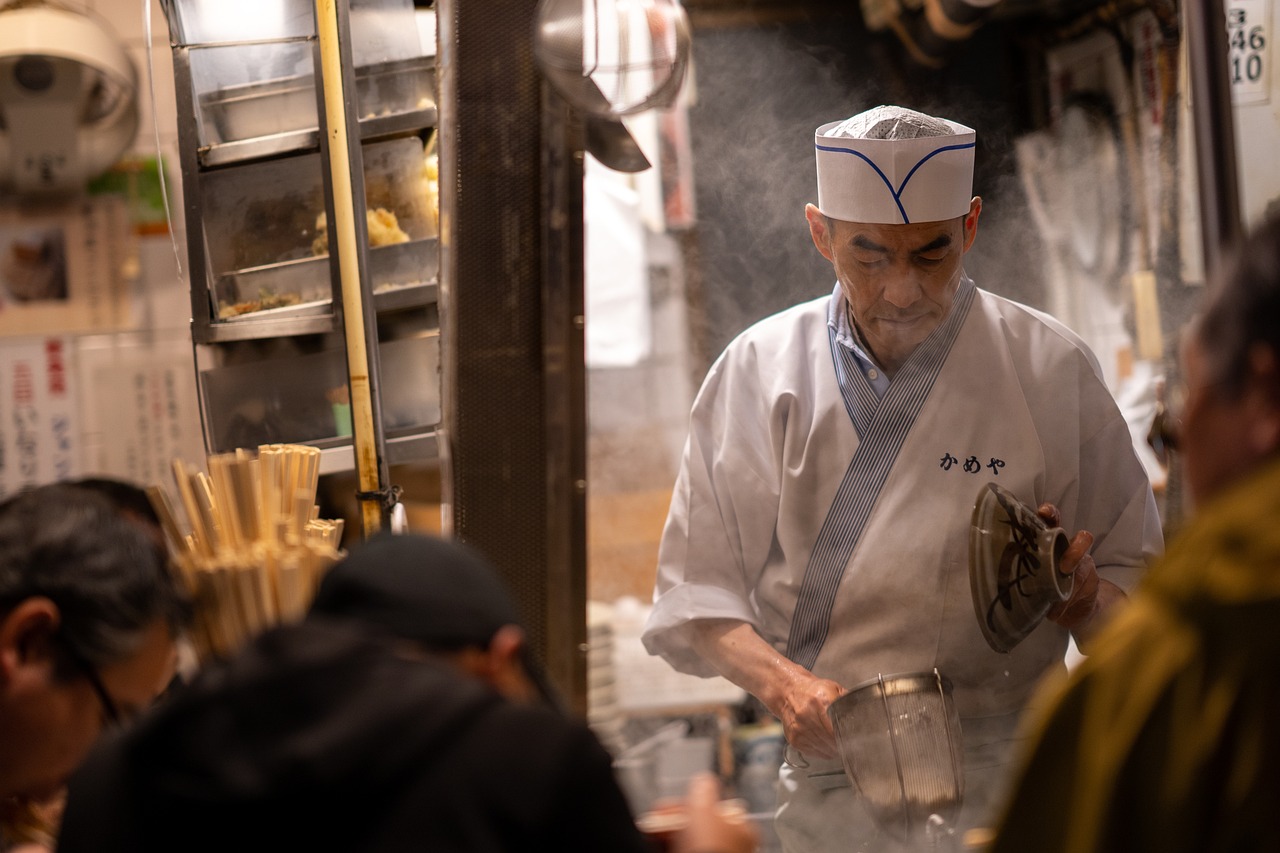
Illustration (credit: pixabay.com)
In addition to knowing the term for cold in Japanese, KLovers can also learn about winter activities in Japanese society. In Japanese culture, there are several things that are commonly done by people during the winter season. Here is a complete explanation:
1.Kotatsu
The use of kotatsu, a low table with a heater underneath and a thick blanket, becomes a winter ritual. Families often gather around the kotatsu to warm themselves, eat, or simply relax together.
2.Onsen or Sento
Visiting hot springs (onsen) or public baths (sento) becomes more popular in the winter. The hot water is believed to warm the body and relieve muscle tension caused by the cold weather.
3. Nabe
Eating nabe, a hot pot dish cooked together at the dining table, becomes a winter tradition. Various types of nabe such as sukiyaki or shabu-shabu not only warm the body but also strengthen social bonds.
4.Osechi Ryori
Preparing and enjoying Osechi Ryori, traditional New Year’s food, is an important part of the winter celebration. Each dish has a symbolic meaning for the coming year.
5.Setsubun
Celebrating Setsubun, a festival marking the end of winter, by throwing soybeans while saying "Oni wa soto, fuku wa uchi" (demons out, good fortune in) to drive away evil spirits.
6.Yuki Gassen
In snowy areas, yuki gassen or snowball fights become a popular activity. It is not just a game, but also a way to stay active and warm in the cold weather.
7. Fukubukuro
Buying fukubukuro, the "lucky bag" filled with discounted items, has become a shopping tradition at the beginning of the year. It is considered a way to gain good fortune in the new year.
8. Hatsumode
Performing hatsumode, the first visit to a shrine or sacred place at the beginning of the year, to pray for luck and health in the new year.
9. Wearing Haramaki
Using haramaki, a type of belly warmer, has become a habit to keep the body warm. It is believed to protect vital organs from the cold air.
10. Illumination
Enjoying illumination or winter light displays that adorn major cities. These are not only beautiful to look at but also create a warm atmosphere amidst the cold of the season.
These activities not only help the Japanese people cope with the winter season but also strengthen social bonds and preserve their cultural traditions.
These are the cold-related terms in Japanese that KLovers can know. Understanding the term "cold" in the Japanese language and the culture of Japan's winter opens new perspectives on the richness of the language and traditions of this land of Sakura.
(kpl/dhm)
Disclaimer: This translation from Bahasa Indonesia to English has been generated by Artificial Intelligence.
